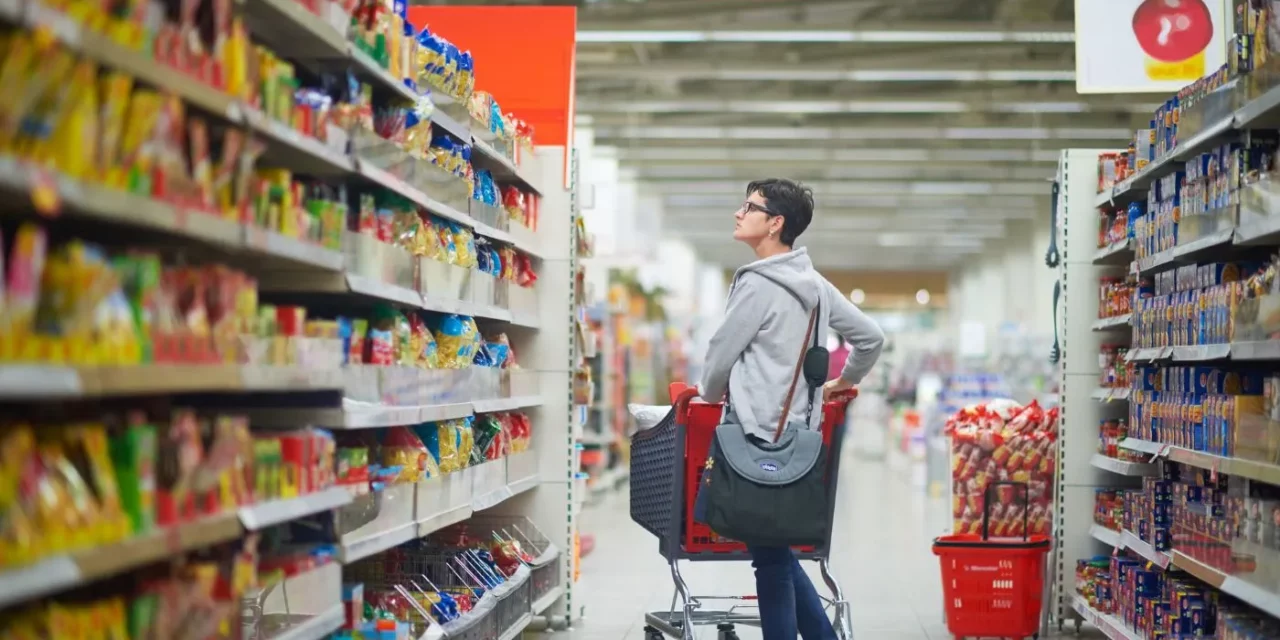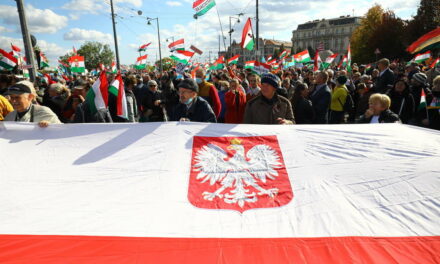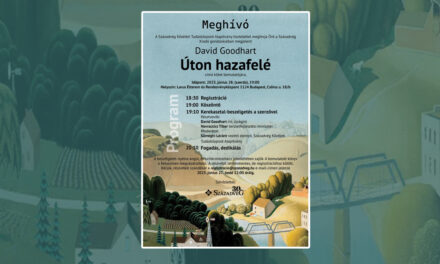How Hungarian is a Hungarian product, and what is the problem with not enough? What does this mark show and what does it hide? The official definition of a Hungarian product only deals with the origin of the product's ingredients. Not with how many imports are involved in their creation.
The case of domestic product and domestically processed product designations is similar, but the latter at least does not suggest the false image that the production of the given product is entirely linked to our country. It may sound surprising, but imports are decisive in the creation of countless Hungarian products.
What does the import look for in the life cycle of a Hungarian product?
In the production of both plant and animal products, it is very common to invest a significant amount of material and energy from other countries, or even other continents. These include, for example, fossil energy carriers used directly and indirectly for production, fertilizers for nutrient supply, and plants used as feed (especially soy). If, for example, the poultry or pig farm is located in Hungary, the chicken breast or ribs can be considered a Hungarian product, even though soy, an important component of the food used for animal feed, comes from South America, and even though the fertilizers used for the production of corn and cereals, diesel oil, also come from abroad. and natural gas (which are the basic supplies of fertilizer production) not to mention. It should be emphasized that their quantity is not negligible compared to the finished product. The criticism does not apply to salt or spices coming from beyond our borders, but to the inputs that form the basis of the creation of the product. For those that could even be completely replaced with domestic equivalents.
Although it is stated on the meat that it is a domestic product, the animal's feed often comes from other continents, it can even be GMO soy.
It would be much more reasonable and ecological...to reconnect animal husbandry and crop production, to close nutrient cycles (to recycle animal manure and agricultural and food processing waste, thereby promoting circularity) and to build our food on local sources (for example, on domestic lawns, wetlands, living soils and domestic by-products).
Thus, the term Hungarian product would really be correct. We would have countless opportunities for these, as shown by floodplain landscape management, fruit growing, and grazing animal husbandry, which have now been pushed to the extreme background. The localization of our food systems could have favorable systemic effects.
According to such organizational principles, the situation cannot arise where fertilizers from other countries or feed produced at the cost of clearing South American rainforests become the everyday accessory for the creation of goods called Hungarian products, as is typical today.
To a certain extent, international trade could obviously be part of an ecologically sustainable socio-economic system. The above train of thought does not follow its complete exclusion, its complete closure. Apart from its economic importance (which we will return to shortly), international trade can to a certain extent be a safety net against unexpected shocks and problems occurring in local ecological systems. If on the other hand
our survival is fundamentally dependent on global supply chains, this does not mean security, but extreme vulnerability, vulnerability, the impossibility of our self-determination.
There are various labels and trademarks that are reliable and help you learn more about the sustainability and even the narrower geographical origin of a product. However, we have another opportunity to learn more about our food if we do not produce it ourselves. Local small farmers' markets, shopping communities, and community-supported agricultural systems provide an excellent opportunity to learn more about the creation of the products we consume. Here, too, it is true that there are often inputs from far away, but on the one hand we can obtain information first-hand, and on the other hand - given the enormous variety of these systems - we have the chance to buy truly locally produced products.
Source and image: Greendex.hu/Pribéli Levente












